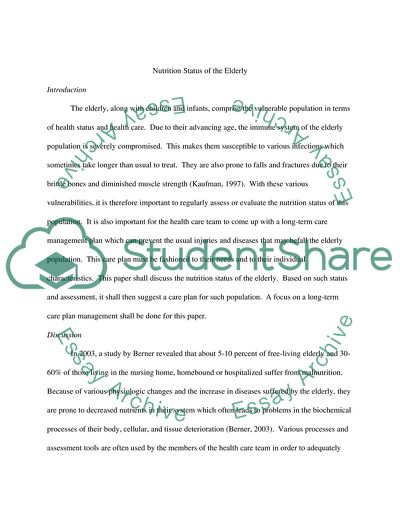Cite this document
(“Nutrition Status of The Elderly Essay Example | Topics and Well Written Essays - 1750 words”, n.d.)
Nutrition Status of The Elderly Essay Example | Topics and Well Written Essays - 1750 words. Retrieved from https://studentshare.org/health-sciences-medicine/1559886-nutrition-status-of-the-elderly
Nutrition Status of The Elderly Essay Example | Topics and Well Written Essays - 1750 words. Retrieved from https://studentshare.org/health-sciences-medicine/1559886-nutrition-status-of-the-elderly
(Nutrition Status of The Elderly Essay Example | Topics and Well Written Essays - 1750 Words)
Nutrition Status of The Elderly Essay Example | Topics and Well Written Essays - 1750 Words. https://studentshare.org/health-sciences-medicine/1559886-nutrition-status-of-the-elderly.
Nutrition Status of The Elderly Essay Example | Topics and Well Written Essays - 1750 Words. https://studentshare.org/health-sciences-medicine/1559886-nutrition-status-of-the-elderly.
“Nutrition Status of The Elderly Essay Example | Topics and Well Written Essays - 1750 Words”, n.d. https://studentshare.org/health-sciences-medicine/1559886-nutrition-status-of-the-elderly.


